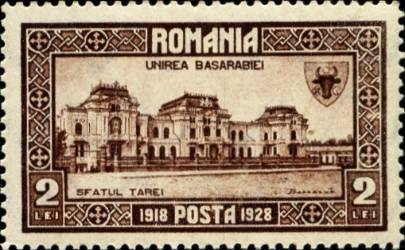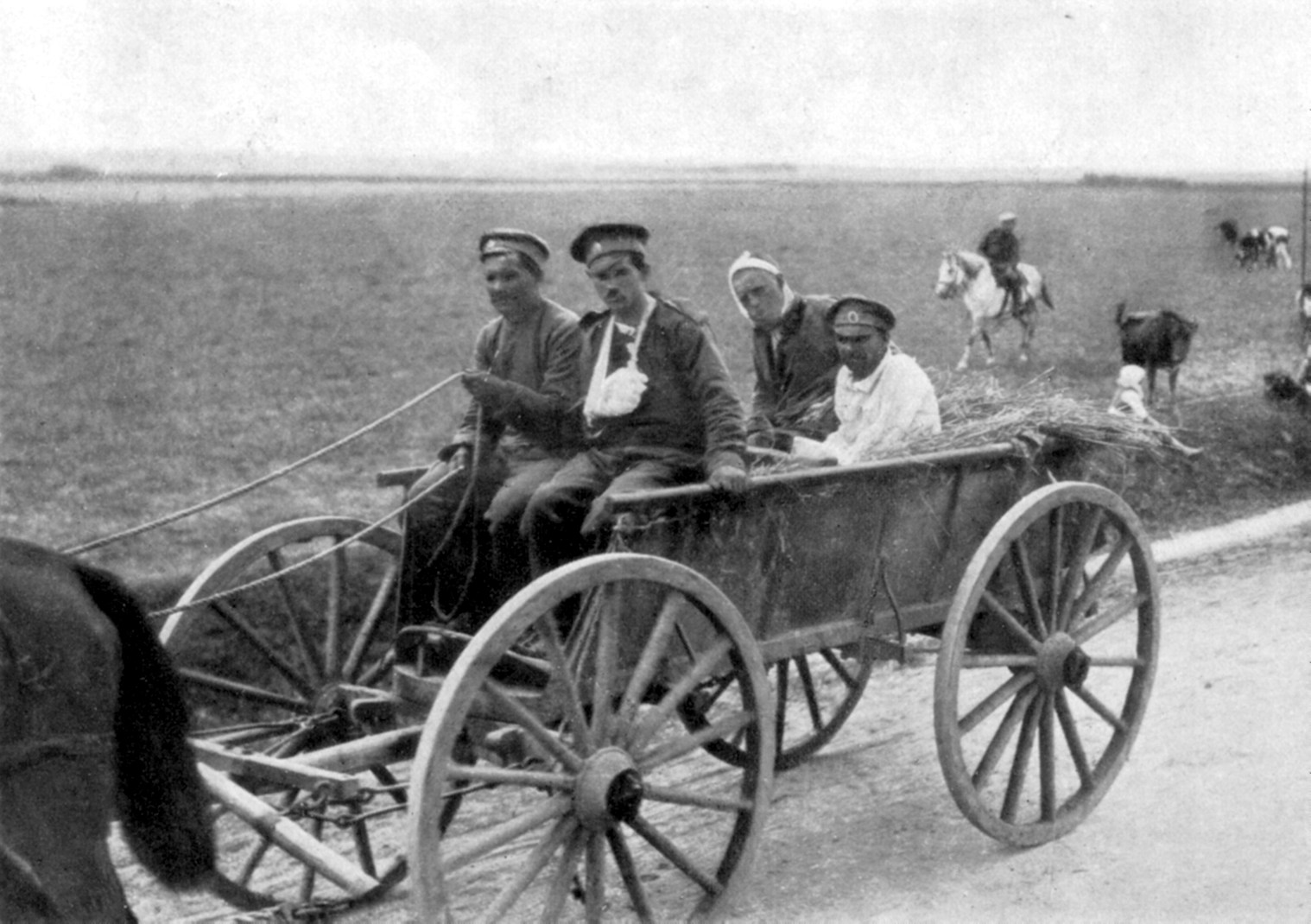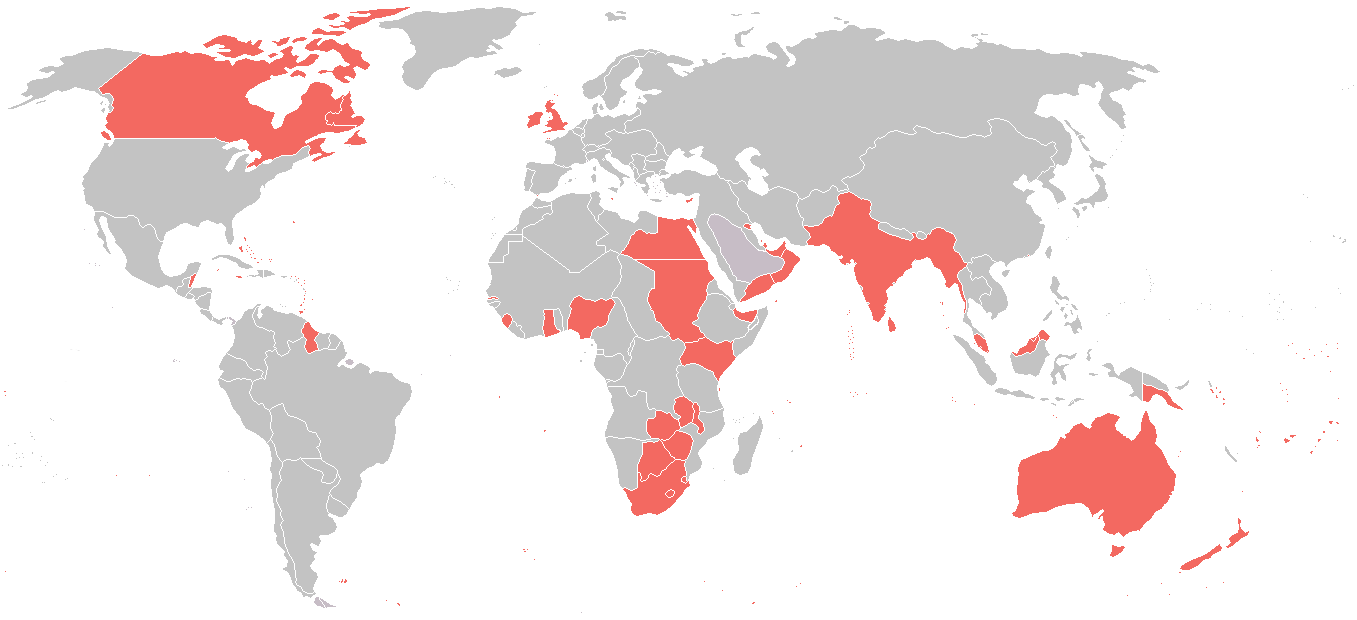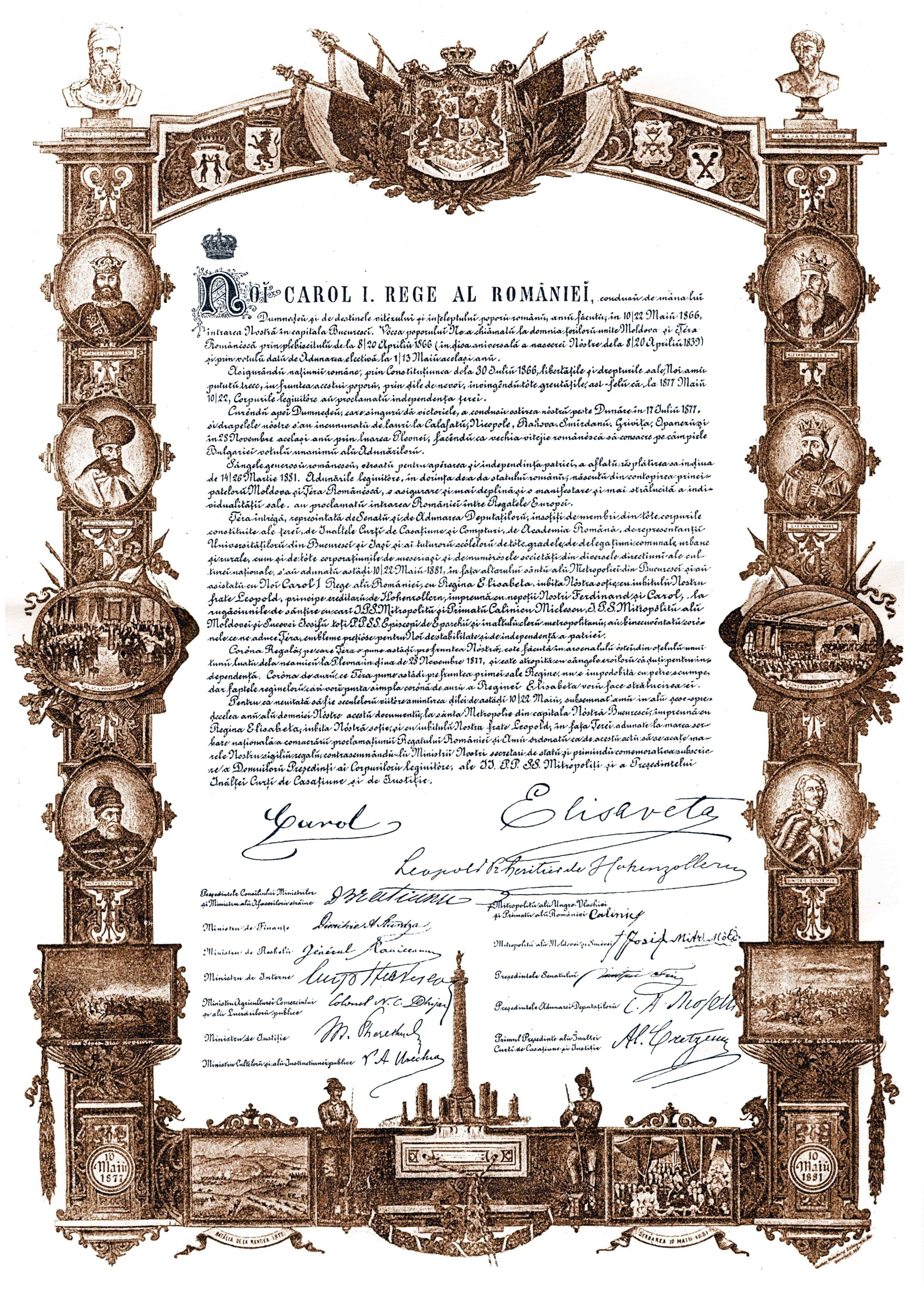|
Sfatul Țării
''Sfatul Țării'' ("Council of the Country"; ) was a council of political, public, cultural, and professional organizations in the guberniya, Governorate of Bessarabia in Russian Empire, Tsarist Russia. This became a legislative body which established the Moldavian Democratic Republic as part of the Russian Democratic Federative Republic, Russian Federative Republic in December 1917. and then Union of Bessarabia with Romania, union with Romania in . Prelude and organization Russian participation in World War I In August 1914, the First World War started, and 300,000 Bessarabian Bulgarians, Bessarabians were mobilized and enrolled in the army of the Russian Empire, the majority in the immediate wake of Russian defeat. By March 1917, the military actions on the Eastern Front came to a stalemate. Conferences of soldiers in the rear of the front line dominated. Many called for a Republic; the Tsar had abdicated in March 1917, but the Russian Provisional Government that took his ... [...More Info...] [...Related Items...] OR: [Wikipedia] [Google] [Baidu] |
President Of The Moldovan Parliament
The president of the parliament of Moldova () is the speaker (politics), presiding officer of the parliament of Moldova. The current president of the Parliament is Igor Grosu since 29 July 2021. History Moldavian Democratic Republic Moldavian Autonomous Soviet Socialist Republic Chairmen of the Central Executive Committee of the Moldavian ASSR: Moldavian Soviet Socialist Republic Source: Chairmen of the Supreme Soviet of the Moldavian SSR: Chairmen of the Presidium of the Supreme Soviet of the Moldavian SSR: Parliament of the Republic of Moldova On 5 June 1990, the Moldavian SSR (''RSS Moldovenească'') changed its name to Soviet Socialist Republic of Moldova (''RSS Moldova''). Subsequently, on 23 May 1991 it adopted the name Republic of Moldova (''Republica Moldova''). Presidents of the Parliament of the Republic of Moldova: Sources {{DEFAULTSORT:President of the Moldovan Parliament Presidents of the Moldovan Parliament, Political history of Moldova Lists ... [...More Info...] [...Related Items...] OR: [Wikipedia] [Google] [Baidu] |
Tsar
Tsar (; also spelled ''czar'', ''tzar'', or ''csar''; ; ; sr-Cyrl-Latn, цар, car) is a title historically used by Slavic monarchs. The term is derived from the Latin word '' caesar'', which was intended to mean ''emperor'' in the European medieval sense of the term—a ruler with the same rank as a Roman emperor, holding it by the approval of another emperor or a supreme ecclesiastical official—but was usually considered by Western Europeans to be equivalent to "king". Tsar and its variants were the official titles in the First Bulgarian Empire (681–1018), Second Bulgarian Empire (1185–1396), the Kingdom of Bulgaria (1908–1946), the Serbian Empire (1346–1371), and the Tsardom of Russia (1547–1721). The first ruler to adopt the title ''tsar'' was Simeon I of Bulgaria. Simeon II, the last tsar of Bulgaria, is the last person to have held this title. Meaning in Slavic languages The title tsar is derived from the Latin title for the Roman emperors, ''c ... [...More Info...] [...Related Items...] OR: [Wikipedia] [Google] [Baidu] |
February Revolution
The February Revolution (), known in Soviet historiography as the February Bourgeois Democratic Revolution and sometimes as the March Revolution or February Coup was the first of Russian Revolution, two revolutions which took place in Russia in 1917. The main events of the revolution took place in and near Petrograd (now Saint Petersburg), the then-capital of Russia, where long-standing discontent with the monarchy erupted into mass protests against food rationing on 23 February Old Style and New Style dates, Old Style (8 March Old Style and New Style dates, New Style). Revolutionary activity lasted about eight days, involving mass demonstrations and violent armed clashes with police and Special Corps of Gendarmes, gendarmes, the last loyal forces of the Russian monarchy. On 27 February O.S. (12 March N.S.), most of the forces of the capital's garrison sided with the revolutionaries. In the same day, the Russian Provisional Government, made up by left-leaning State Duma (Russ ... [...More Info...] [...Related Items...] OR: [Wikipedia] [Google] [Baidu] |
Viața Basarabiei
''Viaţa Basarabiei'' (Romanian for "Bessarabia's Life", ) is a Romanian-language periodical from Chişinău, Moldova. Originally a literary and political magazine, published at a time when the Bessarabia region was part of Romania, it was founded in 1932 by political activist Pan Halippa and writer Nicolai Costenco. At the time, ''Viaţa Basarabiei'' was primarily noted for rejecting the centralism of Greater Romanian governments, to which they opposed more or less vocal Bessarabian regionalist demands and a nativist ethos. Declaring itself to be a traditionalist venue, interested in preserving local specificity in the cultural field, ''Viaţa Basarabiei'' was in effect a voice for cultural innovation and a host to modernist writers such as Vladimir Cavarnali, Bogdan Istru or George Meniuc. After the Soviet Union's 1940 annexation of Bessarabia, the editorial board split, and Halippa revived the magazine at a new location in Bucharest. It was published there for most o ... [...More Info...] [...Related Items...] OR: [Wikipedia] [Google] [Baidu] |
Cuvânt Moldovenesc (newspaper)
''Cuvînt moldovenesc'' () was a Bessarabian newspaper. History The first edition was printed on January 1, 1914 and last on January 7, 1919. The first editor in chief was Nicolae Alexandri, replaced on April 2, 1917 by Pan Halippa. Among the authors were Simion Murafa, Ion Pelivan, Daniel Ciugureanu, M. Ciachir, Gh. Stîrcea, and T. Inculeţ. It was written with the Romanian Cyrillic alphabet The Romanian Cyrillic alphabet is the Cyrillic alphabet that was used to write the Romanian language and Church Slavonic until the 1830s, when it began to be gradually replaced by a Latin-based Romanian alphabet.Cyrillic remained in occasion ... . On March 21, 1943, ''Cuvînt moldovenesc'' reappeared under the leadership of Leon Boga and Iorgu Tudor. Bibliography * Georgeta Răduică, Dicţionarul presei româneşti (1731–1918), Editura Ştiinţifică, București, External links *Cuvânt Moldovenesc*PRESA BASARABEANĂ de la începuturi pînă în anul 1957 Footnot ... [...More Info...] [...Related Items...] OR: [Wikipedia] [Google] [Baidu] |
Onisifor Ghibu
Onisifor Ghibu (May 31, 1883 – October 3, 1972) was a Romanian teacher of pedagogy, member of the Romanian Academy, and politician. Biography Early life Born into a peasant family in Szelistye (now Săliște, Romania), near Nagyszeben (now Sibiu), in Transylvania, Kingdom of Hungary, then part of Austria-Hungary. He attended the Hungarian language high school in Nagyszeben and then the Romanian language gymnasium in Brassó (now Brașov). Afterwards, he continued his studies at the Romanian Orthodox Seminary in Nagyszeben, where he received stipends for study at the University of Bucharest and the Eötvös Loránd University of Budapest. He also studied in Strasbourg and received his doctorate in Philosophy and Pedagogy from the University of Jena in 1909. Two years later, he married (1889–1956), a lieder singer from Bucharest, who would follow him to Sibiu. World War I and interwar In 1914, after the outbreak of World War I, Ghibu fled to the Old Kingdom and, after ... [...More Info...] [...Related Items...] OR: [Wikipedia] [Google] [Baidu] |
Allies Of World War I
The Allies or the Entente (, ) was an international military coalition of countries led by the French Republic, the United Kingdom, the Russian Empire, the United States, the Kingdom of Italy, and the Empire of Japan against the Central Powers of the German Empire, Austria-Hungary, the Ottoman Empire, and the Kingdom of Bulgaria in World War I (1914–1918). By the end of the first decade of the 20th century, the major European powers were divided between the Triple Entente and the Triple Alliance. The Triple Entente was made up of the United Kingdom, France, and Russia. The Triple Alliance was originally composed of Germany, Austria–Hungary, and Italy, but Italy remained neutral in 1914. As the war progressed, each coalition added new members. Japan joined the Entente in 1914 and, despite proclaiming its neutrality at the beginning of the war, Italy also joined the Entente in 1915. The term "Allies" became more widely used than "Entente", although the United Kingdom, Fran ... [...More Info...] [...Related Items...] OR: [Wikipedia] [Google] [Baidu] |
Austro-Hungarian Army
The Austro-Hungarian Army, also known as the Imperial and Royal Army,; was the principal ground force of Austria-Hungary from 1867 to 1918. It consisted of three organisations: the Common Army (, recruited from all parts of Austria-Hungary), the Imperial-Royal Landwehr (recruited from Cisleithania) and the Royal Hungarian Honvéd (recruited from Transleithania). In the wake of fighting between the Austrian Empire and the Kingdom of Hungary and the subsequent two decades of uneasy co-existence, Hungarian troops served either in ethnically mixed units or were stationed away from Hungarian regions. With the Austro-Hungarian Compromise of 1867, the Austro-Hungarian Army was brought into being. It existed until the disestablishment of Austria-Hungary in 1918 following the end of World War I. Common Army units were generally poorly trained and had very limited access to new equipment, because the governments of the Austrian and Hungarian parts of the empire often preferred to ge ... [...More Info...] [...Related Items...] OR: [Wikipedia] [Google] [Baidu] |
Bukovina
Bukovina or ; ; ; ; , ; see also other languages. is a historical region at the crossroads of Central and Eastern Europe. It is located on the northern slopes of the central Eastern Carpathians and the adjoining plains, today divided between Romania and Ukraine. Inhabited by many cultures and peoples, settled by both Ukrainians ( Ruthenians) and Romanians (Moldavians), it became part of the Kievan Rus' and Pechenegs' territory early on during the 10th century and an integral part of the Principality of Moldavia in the 14th century where the capital of Moldavia, Suceava, was founded, eventually expanding its territory all the way to the Black Sea. Consequently, the culture of the Kievan Rus' spread in the region during the early Middle Ages. During the time of the Golden Horde, namely in the 14th century (or in the High Middle Ages), Bukovina became part of Moldavia under Hungarian suzerainty (i.e. under the medieval Kingdom of Hungary). According to the Moldo-Russian Ch ... [...More Info...] [...Related Items...] OR: [Wikipedia] [Google] [Baidu] |
Transylvania
Transylvania ( or ; ; or ; Transylvanian Saxon dialect, Transylvanian Saxon: ''Siweberjen'') is a List of historical regions of Central Europe, historical and cultural region in Central Europe, encompassing central Romania. To the east and south its natural border are the Carpathian Mountains and to the west the Apuseni Mountains. Broader definitions of Transylvania also include the western and northwestern Romanian regions of Crișana and Maramureș, and occasionally Banat. Historical Transylvania also includes small parts of neighbouring Western Moldavia and even a small part of south-western neighbouring Bukovina to its north east (represented by Suceava County). Transylvania is known for the scenery of its Carpathian landscape and its rich history, coupled with its multi-cultural character. It also contains Romania's second-largest city, Cluj-Napoca, and other very well preserved medieval iconic cities and towns such as Brașov, Sibiu, Târgu Mureș, Bistrița, Alba Iuli ... [...More Info...] [...Related Items...] OR: [Wikipedia] [Google] [Baidu] |
Kingdom Of Romania
The Kingdom of Romania () was a constitutional monarchy that existed from with the crowning of prince Karl of Hohenzollern-Sigmaringen as King of Romania, King Carol I of Romania, Carol I (thus beginning the Romanian royal family), until 1947 with the abdication of King Michael I of Romania, Michael I and the Romanian parliament's proclamation of the Socialist Republic of Romania, Romanian People's Republic. From 1859 to 1877, Romania evolved from a personal union of two Principality, principalities: (Moldavia and Wallachia) called the Unification of Moldavia and Wallachia also known as "The Little Union" under a single prince to an autonomous principality with a House of Hohenzollern, Hohenzollern monarchy. The country gained its independence from the Ottoman Empire during the Russo-Turkish War (1877–1878), 1877–1878 Russo-Turkish War (known locally as the Romanian War of Independence), after which it was forced to cede the southern part of Bessarabia in exchange for Northern ... [...More Info...] [...Related Items...] OR: [Wikipedia] [Google] [Baidu] |
Cernăuți
Chernivtsi (, ; , ;, , see also #Names, other names) is a city in southwestern Ukraine on the upper course of the Prut River. Formerly the capital of the historic region of Bukovina, which is now divided between Romania and Ukraine, Chernivtsi serves as the administrative center for the Chernivtsi urban hromada, the Chernivtsi Raion, and the Chernivtsi Oblast, oblast itself. The Chernivtsi population is and the latest Ukrainian Census (2001), census in 2001 was 240,600. The first document that refers to this city dates back to 1408, when Chernivtsi was a town in the region of Moldavia, formerly as a defensive fortification, and became the center of Bukovina in 1488. In 1538, Chernivtsi was under the control of the Principality of Moldavia under Crown of the Kingdom of Poland, Polish suzerainty, later under Ottoman Empire suzerainty, and the Moldavian control lasted for two centuries until 1774, when Archduchy of Austria, Austria took control of Bukovina in the aftermath of t ... [...More Info...] [...Related Items...] OR: [Wikipedia] [Google] [Baidu] |









